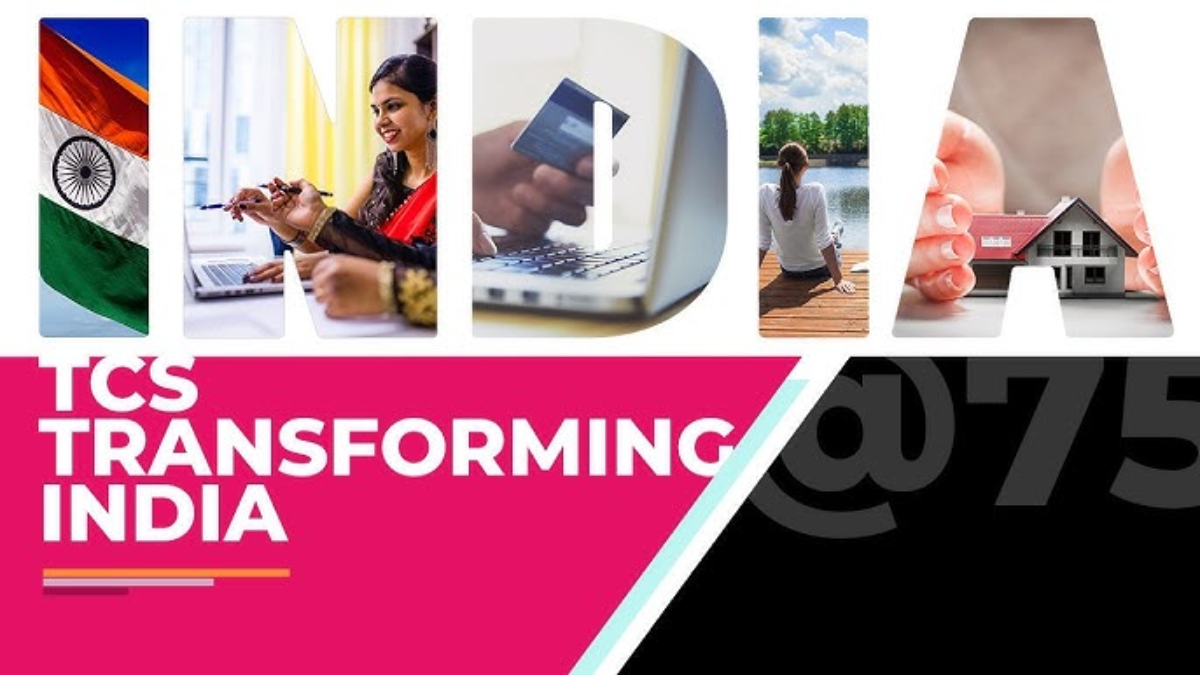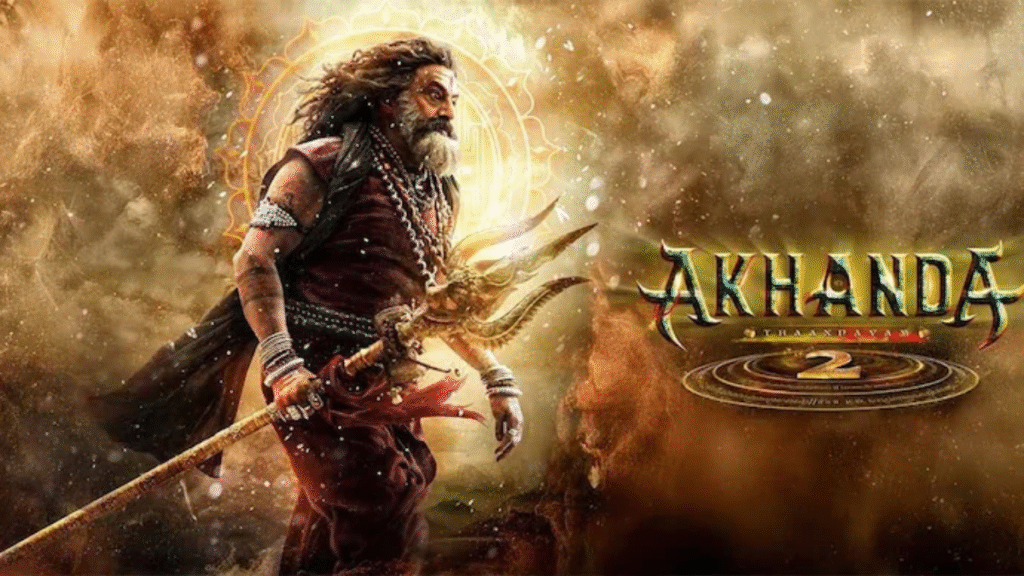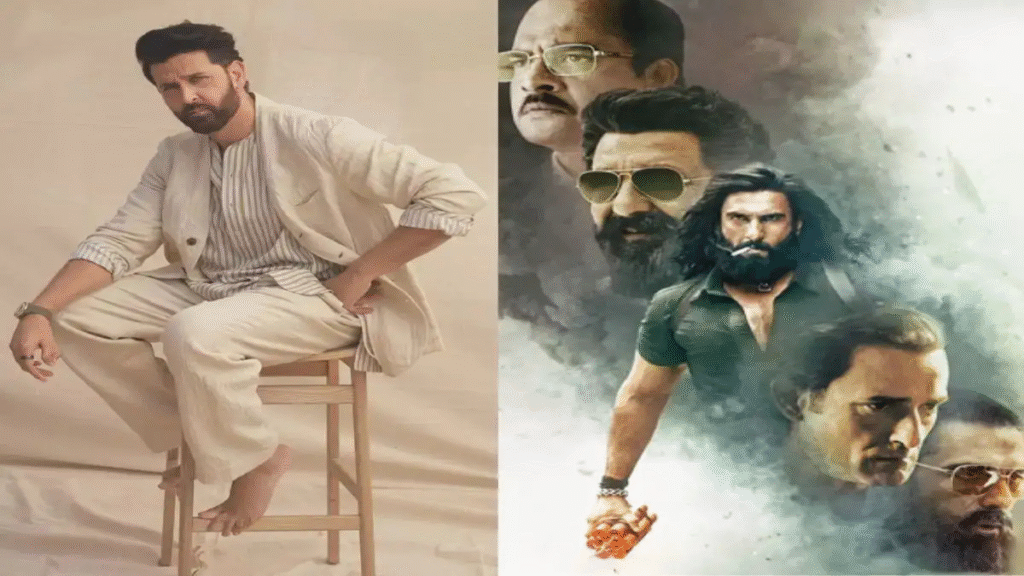Now Reading: The Great Transition: How Digital is Reshaping Indian Video News
-
01
The Great Transition: How Digital is Reshaping Indian Video News
The Great Transition: How Digital is Reshaping Indian Video News

The landscape of news consumption in India is undergoing a profound and rapid transformation, moving decisively from the traditional dominance of cable and satellite television towards a dynamic, ‘mobile-first’ digital video ecosystem. Fueled by a massive, youthful population, affordable data, and surging smartphone penetration—India boasts one of the world’s largest digital audiences—video has cemented its position as the preferred format for accessing news across the country.
The Rise of the Digital Video News Consumer
The shift is unmistakable. While satellite television remains a significant medium, especially in terms of overall revenue and reach into non-urban areas, the digital domain is the engine of growth. Online platforms, including social media and news aggregators, now account for the highest share of news access, with a clear preference for watching over reading among Indian users.
Platforms like YouTube have emerged as dominant news sources, particularly for younger, urban, and educated demographics. This phenomenon is driven by the ease of access on smartphones and the appetite for engaging, visual, and on-demand content. The immediacy and virality of social media platforms, like WhatsApp, also play a crucial role in the dissemination of breaking news and general information, making every smartphone user a potential consumer and, often, a distributor of video content.
Key Trends Driving Video News in India
Several interlinked trends are defining the character of Indian video journalism today:
1. The Reign of Short-Form and Snackable Content: In a country where attention spans are increasingly fragmented, “snackable” video content is gaining paramount importance. Platforms are adapting to the mobile-first consumption pattern by prioritizing micro-videos and short-form news updates. This trend emphasizes brevity, quick-cut editing, and compelling visuals to deliver information efficiently to viewers on the go.
2. Vernacular and Hyper-Local Content Dominance: India’s linguistic diversity means that the growth in digital news is overwhelmingly driven by Hindi and other regional languages, increasing at a significantly faster rate than English-language consumption. Media houses are recognizing that to tap into the massive audience in Tier-2, Tier-3 cities, and rural areas, localized, vernacular video content is essential. This has led to a boom in regional digital news channels and original content focusing on state-specific and hyper-local issues.
3. Blurring Lines: Mainstream Media Embraces Digital: Traditional television news giants, including Aaj Tak, Zee News, NDTV, and Republic TV, are no longer confining themselves to the linear TV screen. They have invested heavily in their digital presence, operating high-volume YouTube channels, live-streaming on their apps, and pushing content onto social media. This dual-strategy is crucial for retaining their audience and attracting a younger digital-native demographic.
4. The Rise of Independent and Creator-Led Journalism: Alongside the mainstream channels, the digital space has fostered the growth of independent digital-native news outlets and individual news content creators. Often funded by crowdfunding, subscriptions, or digital advertising, these entities frequently offer more niche, in-depth, or opinion-driven video content, filling voids left by the often high-decibel, political focus of conventional television.
Challenges and the Road Ahead
Despite the explosive growth, the Indian video news ecosystem faces significant challenges. The broken revenue model is a central issue; while audience numbers are vast, monetizing that audience remains difficult, particularly due to the prevalence of free content. This financial strain often leads to a reliance on government and corporate advertising, which can compromise editorial independence.
Furthermore, the very nature of social video consumption contributes to the pervasive issue of misinformation and ‘fake news.’ The speed and ease of sharing video across messaging apps like WhatsApp can lead to the rapid circulation of unverified or manipulated content, posing a serious challenge to informed public discourse.
Looking ahead, the future of Indian video news is undeniably digital. Further investments in Connected TVs (CTV) and Over-The-Top (OTT) platforms are expected to create premium avenues for video news. Technologies like AI are also beginning to play a role, from automated content generation to enhancing analytics for targeted news delivery. As India transitions towards a billion active screens and greater digital inclusion, the video format will not just be a medium of news delivery, but the principal platform shaping public opinion and engagement.










